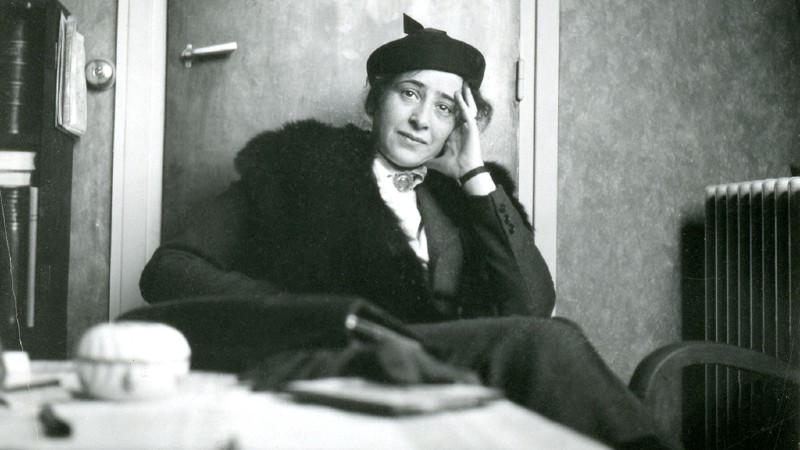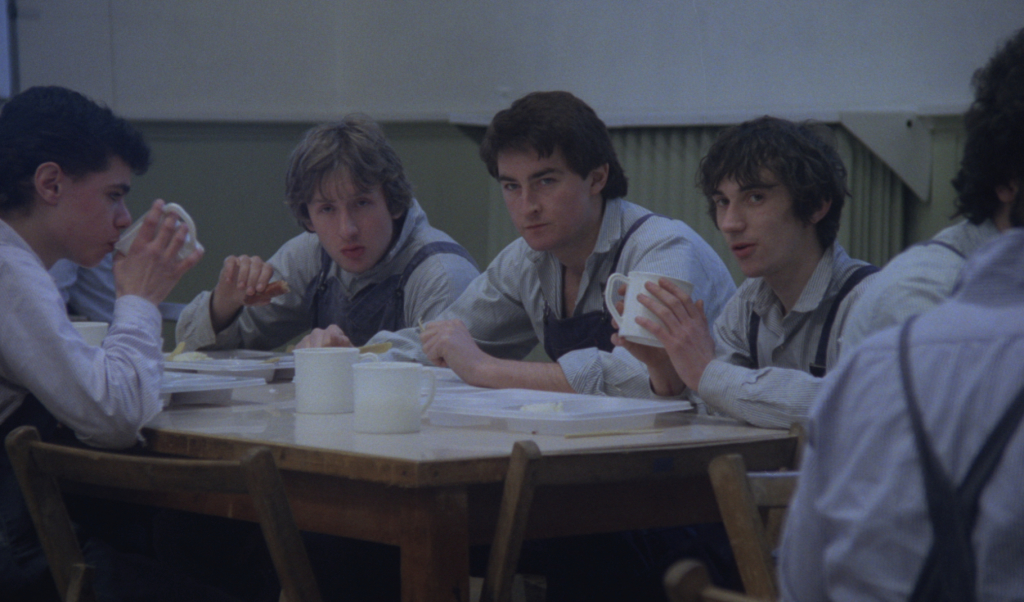Hot Property is a comedy about what you read in British papers every day – the housing crisis. This particularly effective to Londoners, who will likely identify with Melody Munro (MyAnna Buring). She is a corporate spy who spends everything she has on her lavish lifestyle, until one day she loses her job and is threatened with eviction. No more credit cards, no more car. When she takes out her statement from a cashing point, the message is “£10 is all you have, you tw**”.
Melody vows to defend her rented home at all costs. The real estate agent is appropriately named The Charlatans, and not in reference to the Manchester band. Her much younger boyfriend Harmony Ambrose (Tom Rhys Harries) is a young playboy and chef whose dishes are awful. He is still trying to find a spot under the sun, and obviously cannot help her. Melody then turns to her brother (Sam Philips). His advice is: “Why don’t you go to a job centre like a normal person?”.
Melody is not a normal person, of course. In a fraction of a second, different solutions come to her mind: she will sell her organs; she will turn into an escort girl; she will sabotage The Charlatans. MyAnna’s versatility in parodying the fast and mean hipster culture is remarkable. One has to be creative and to think fast in order to make a living in London. After all, its landmark is an immense clock. No time to waste, or the city will devour you.
This feature is an entirely independent production made by awarded producer and director Max McGill, who had his short movie Half Hearted (2010) recently selected for BFI Archive. Producer Campbell Beaton began Fortune Films in 2005 over a £1 bet that anyone could make films. Such a bizarre business mission could only lead to a disaster, one would think. Not the case: Hot Property closes the 5th LOCO London Comedy Film Festival, which runs from 20th April to May 1st. Click here for more information about the event.
Britain has a strong tradition of comedies playing with the social gap between the rich and poor, and this is no exception. The social commentary in Hot Property is hissing and sizzling. DMovies believes that this is hot stuff for aspiring comedy makers.
Watch the film trailer below:










